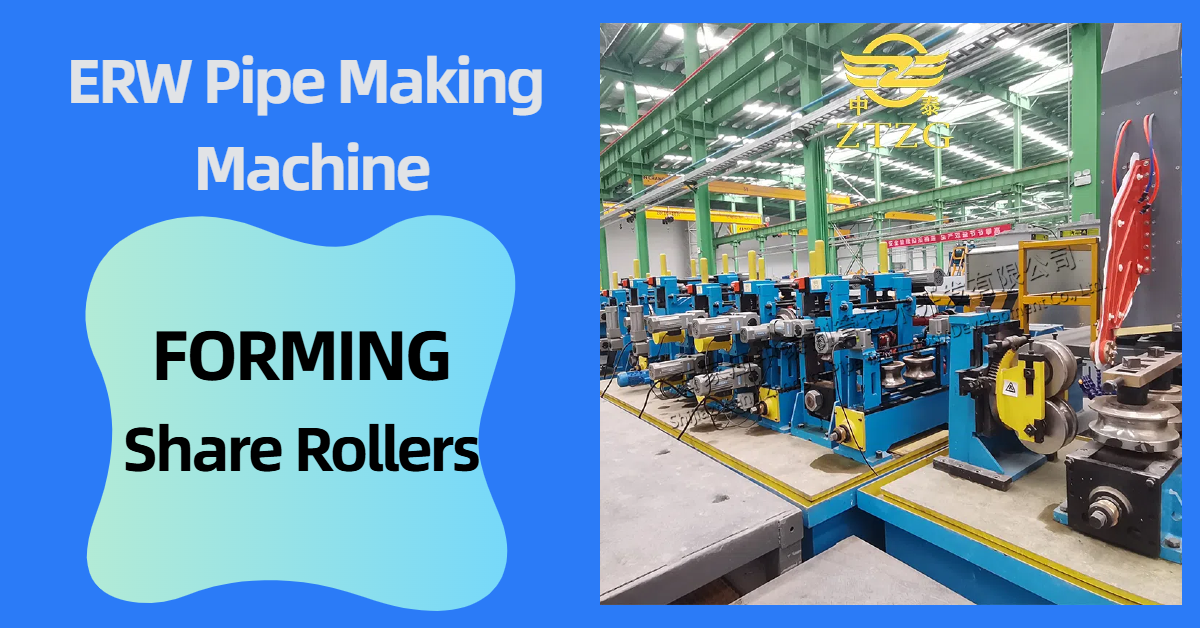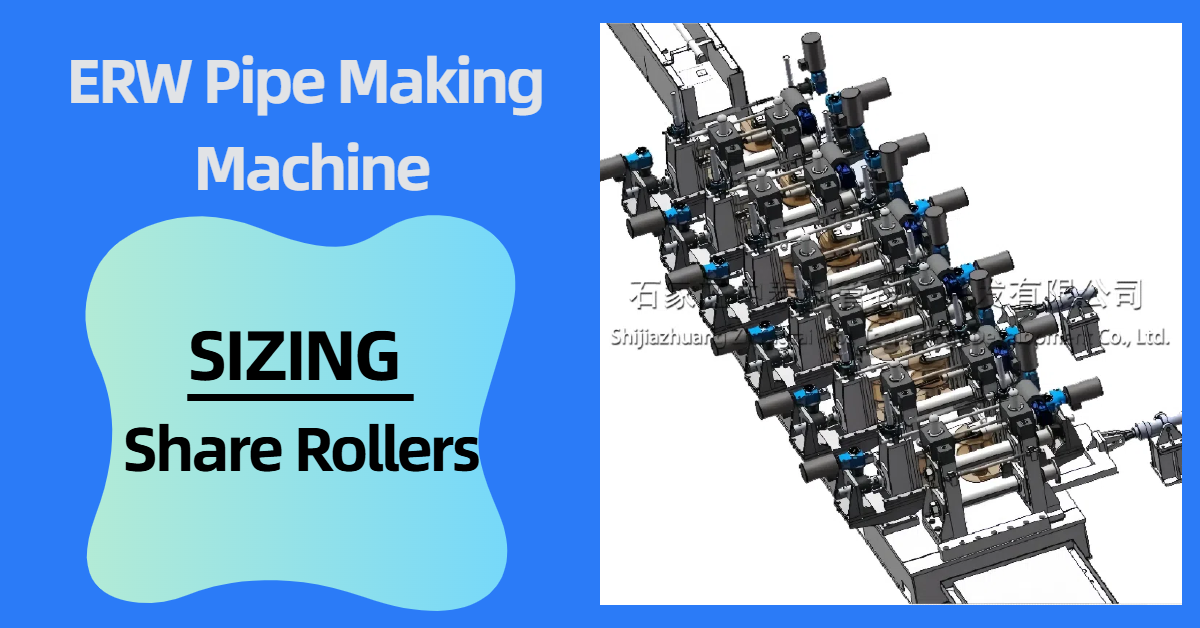The efficient production of high-quality Electric Resistance Welded (ERW) pipes relies heavily on the seamless integration of various key components within an ERW tube mill.
An ERW tube mill is a complex piece of machinery engineered for transforming coils of steel into finished pipes. Each stage of the process, from coil preparation to pipe cutting, is critical for ensuring precise dimensions, structural integrity, and efficient manufacturing. This article will explore the core components of an ERW tube mill and highlight their essential roles in the pipe manufacturing process.
The journey begins with the uncoiler, which is responsible for smoothly and safely unwinding the steel coil. A well-designed uncoiler ensures a continuous and consistent flow of material into the ERW tube mill, preventing jams and disruptions to production. This is the starting point of the pipe production journey, and its stability impacts the entire downstream process.
Next, the forming section of the ERW tube mill is where the flat steel strip is gradually shaped into a tubular form. This crucial stage utilizes a series of rollers to progressively bend and curve the strip, creating the desired round shape needed before the welding process. Precise roller alignment and adjustment are paramount in this section to achieve consistent and accurate pipe profiles.
The forming process in the ERW tube mill greatly influences the final pipe quality. Following the forming process, the welding section is where the edges of the formed steel strip are joined together.
An ERW tube mill employs high-frequency electric resistance welding, creating a strong and durable seam. The precision and control of the welding process are vital to guarantee the structural integrity of the pipe. This step ensures a permanent bond between the two edges of the steel strip.
After welding, the sizing section of the ERW tube mill fine-tunes the pipe dimensions. A series of rollers precisely calibrates the pipe to its final desired diameter and roundness.
The sizing section is crucial for achieving tight tolerances and ensuring that the pipe meets industry standards. This section is critical for accurate final dimensions. The straightening section of the tube mill removes any residual bends or curves from the welded pipe.
It ensures that the finished product is perfectly straight, which is essential for subsequent handling, storage, and application. This stage utilizes rollers or other mechanisms to remove any deviations from a straight line, creating a perfect pipe for further processes.
Finally, the cut-off saw is the last component of the ERW tube mill, which cuts the continuous pipe into specified lengths. The cut-off saw must be accurate and efficient to achieve consistent lengths while minimizing material waste. This cutting process delivers the final finished pipes, ready for dispatch.
Each component within an ERW tube mill plays a critical role in the efficient and precise manufacture of welded pipes. From the initial uncoiling to the final cutting, each stage is integral to achieving high-quality, dimensionally accurate pipes.
Understanding these components and how they function is essential for optimizing pipe production and maintaining efficient ERW tube mill operations.
When selecting an ERW tube mill, careful consideration of the design and functionality of each component is key to ensuring long-term performance and success.
Post time: Jun-28-2024













